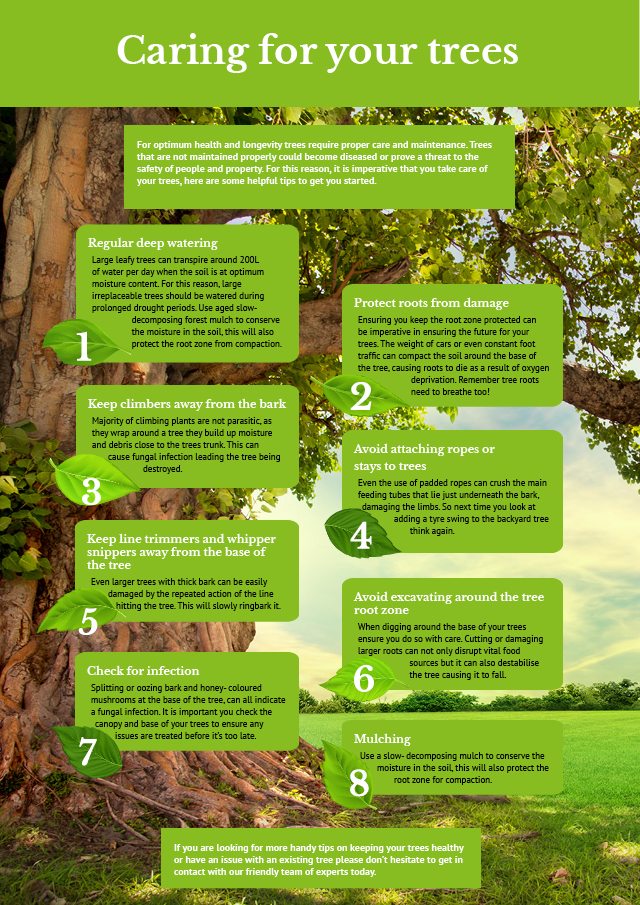Determine Vital Signals That May Suggest Your Tree Is Dangerous; Recognizing These Can Aid Guarantee The Safety Of Your Building And Liked Ones.What Should You Observe Next?
Determine Vital Signals That May Suggest Your Tree Is Dangerous; Recognizing These Can Aid Guarantee The Safety Of Your Building And Liked Ones.What Should You Observe Next?
Blog Article
Post Writer-Harper Hubbard
When it comes to tree care, identifying the signs that it's time for removal is vital for your safety and residential property. You could notice discolored fallen leaves, wilting branches, or weird fungal growths showing health problems. Architectural issues, like a substantial lean or fractures in the trunk, can also position risks. Comprehending these warning signs can aid you make notified decisions concerning your trees and avoid potential threats hiding in your backyard. What should you try to find next?
Indicators of Degeneration and Illness
When you observe signs of decay and illness in your trees, it's vital to act quickly. Look for discolored leaves, wilting branches, or unusual growths like fungi. These can suggest that your tree is having a hard time.
If you see fractures in the bark or soft, mushy wood, these signs and symptoms recommend inner degeneration. Additionally, https://screenrant.com/animal-crossing-new-horizons-cool-island-ideas-inspiration/ in insects around your tree can signify that it's deteriorated and susceptible.
Look for any type of dead or dying arm or legs, as they present a threat to your residential property and safety and security. If you're uncertain about what you see, consulting an arborist can offer quality.
Attending to these indications early can save you from more considerable damage and make sure the health of your backyard. Don't wait until it's far too late.
Structural Instability and Leaning
As you observe your trees, watch out for any indications of structural instability or leaning. If a tree leans considerably, it might indicate that the origin system is compromised.
Try to find any kind of fractures in the trunk or dirt around the base; these can indicate possible failure. In addition, look for unusual growth patterns, like a lopsided crown, which might recommend that the tree is having a hard time to hold itself upright.
If you observe that the tree favors your home, power lines, or various other structures, it positions a greater threat. Don't neglect these signs-- speak with an arborist to assess the circumstance.
Acting early can protect against expensive damage and ensure your security.
Dead or Dying Branches and Foliage
If you discover dead or dying branches and vegetation on your tree, it's a clear indication that something's wrong.
These harmful areas can indicate underlying concerns like illness, bug problems, or ecological stress. When branches shed their leaves or transform brownish, they're no longer contributing to the tree's wellness. Disregarding these indicators could lead to additional decline, making your tree more unsafe.
Dead branches can conveniently break off during storms, posturing a threat to residential or commercial property and people close by. It's crucial to assess the level of the damage.
If the issue impacts a significant part of the tree, consider getting in touch with a specialist. They can aid determine if elimination is required to ensure security and preserve the beauty of your landscape.
Final thought
If you notice any indicators of degeneration, structural instability, or dead branches on your trees, don't ignore them. These indications can position major security risks to you and your residential property. It's always best to consult a specialist arborist who can give a specialist analysis of your trees. Acting early can prevent mishaps and Homemade Tree Pruning Sealer , ensuring your landscape continues to be safe and healthy. Keep in mind, it's much better to be positive about tree treatment than to wait on a disaster to occur.
